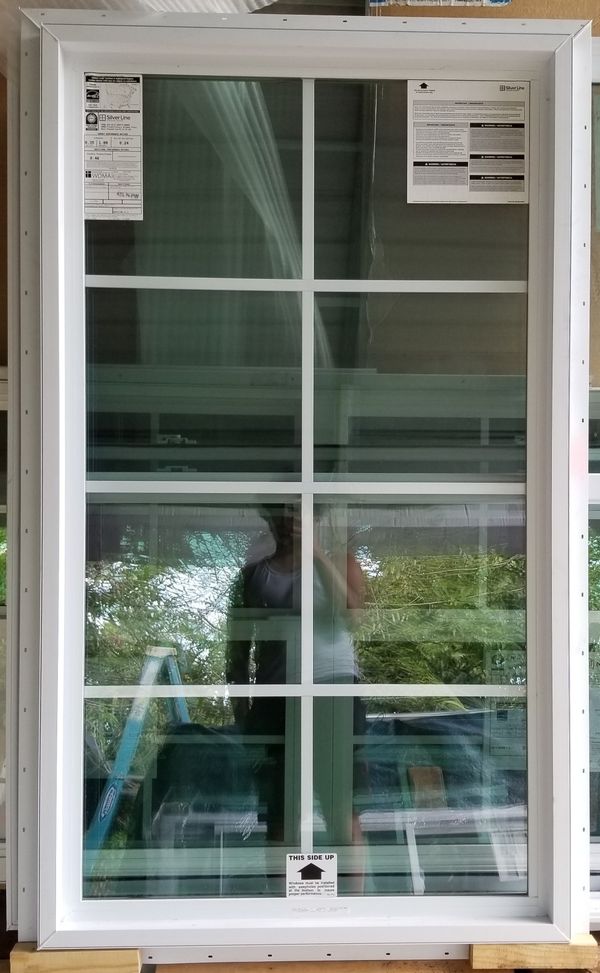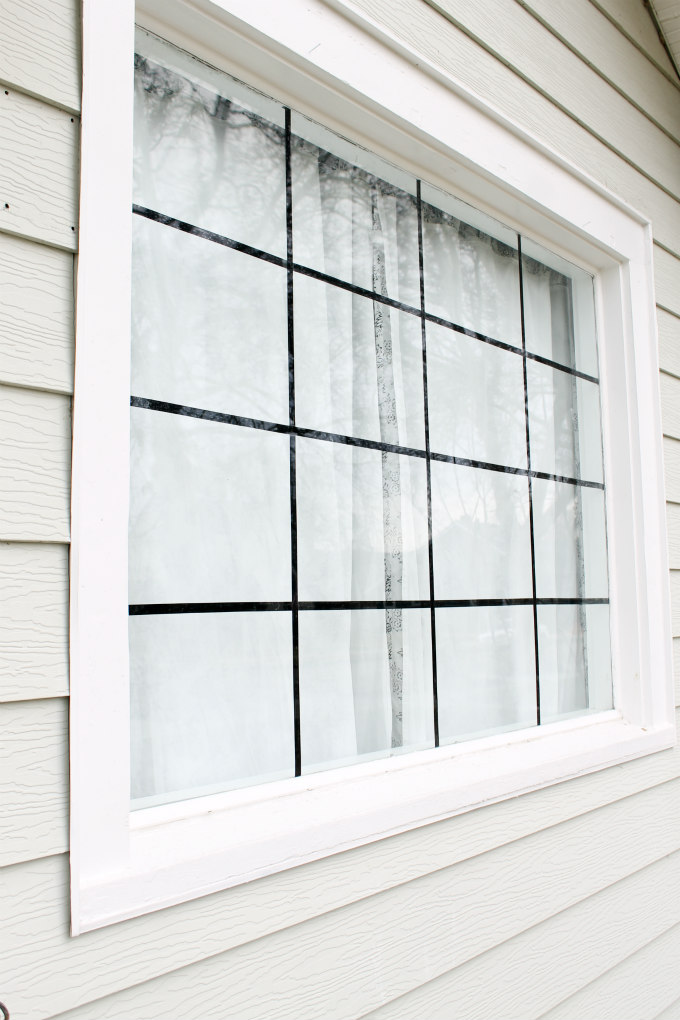

Basically, if your system is currently configured to only use 8 Bit color depth, you’re missing out. A bit depth of 10 is capable of producing 64 times the colors compared to 8 Bit. SDR typically uses 8 Bit Depth, whereas HDR uses 10 Bit Depth. Finally, go to the in-app settings and ensure the HDR option is enabled there as well.While you’re here, it’s also worth adjusting the brightness slider to max, as that has helped a few users.
#Windows grid lines windows
On Windows 10, click on Windows HD Color Settings first, then enable Use HDR. Additionally, you can enable Auto HDR as well. Press Win + I, and navigate to System > Display.Locate the HDR settings and ensure it’s enabled.Press the buttons on your monitor to go through the monitor settings.In such cases, you can easily resolve the issue by manually enabling it everywhere with the following steps: But in some cases, it may be enabled via Windows and Monitor settings, while it’s disabled in the In-App settings of the game you’re playing or something similar. Generally, the HDR feature is automatically enabled wherever applicable. But the other solutions, such as adjusting the color bit depth or installing a color profile, can also be helpful. Most users have had success with enabling HDR via Windows, monitor, and in-app settings.
#Windows grid lines how to
How to Fix the Windows HDR Washed Out Issue?
#Windows grid lines upgrade
In such cases, you can troubleshoot and fix the issue without shelling out the big bucks to upgrade your display. In those scenarios, you can either upgrade the display or only use HDR when playing HDR content.īut aside from these, another common reason for this issue is a misconfigured setting such as color bit depth. Why Does HDR Make Things Look Washed Out?Īs stated, the monitor and content could be possible reasons why HDR makes things look washed out. So, when you attempt to play some HDR content on the lower-end displays, there’s barely any difference from SDR, and sometimes the content looks even worse. Marketers often stick the HDR tag onto monitors and TVs that fall far below these specifications. The reality is that such displays are expensive and hard to come by. For a proper HDR experience, an OLED or Mini-LED display with the DisplayHDR 1000 certification (minimum 1000 nits) is recommended. Second, there’s the matter of actual HDR-capable monitors. Or why it’s better to stick to SDR on games that aren’t properly configured for HDR. This is why, if you were watching an HDR movie, for instance, the video would look amazing, but once you close or minimize the video, other parts of Windows would look washed out. The HDR content will display better highlights and details, which make it look much better, but the SDR content will, by comparison, look dull. When you enable HDR, all the content on the screen will appear darker. This includes parts of the Windows interface, most games, videos, etc.

There are a bunch of display requirements for HDR, but the two main ones you should be concerned with are a good HDR monitor and HDR content.


 0 kommentar(er)
0 kommentar(er)
